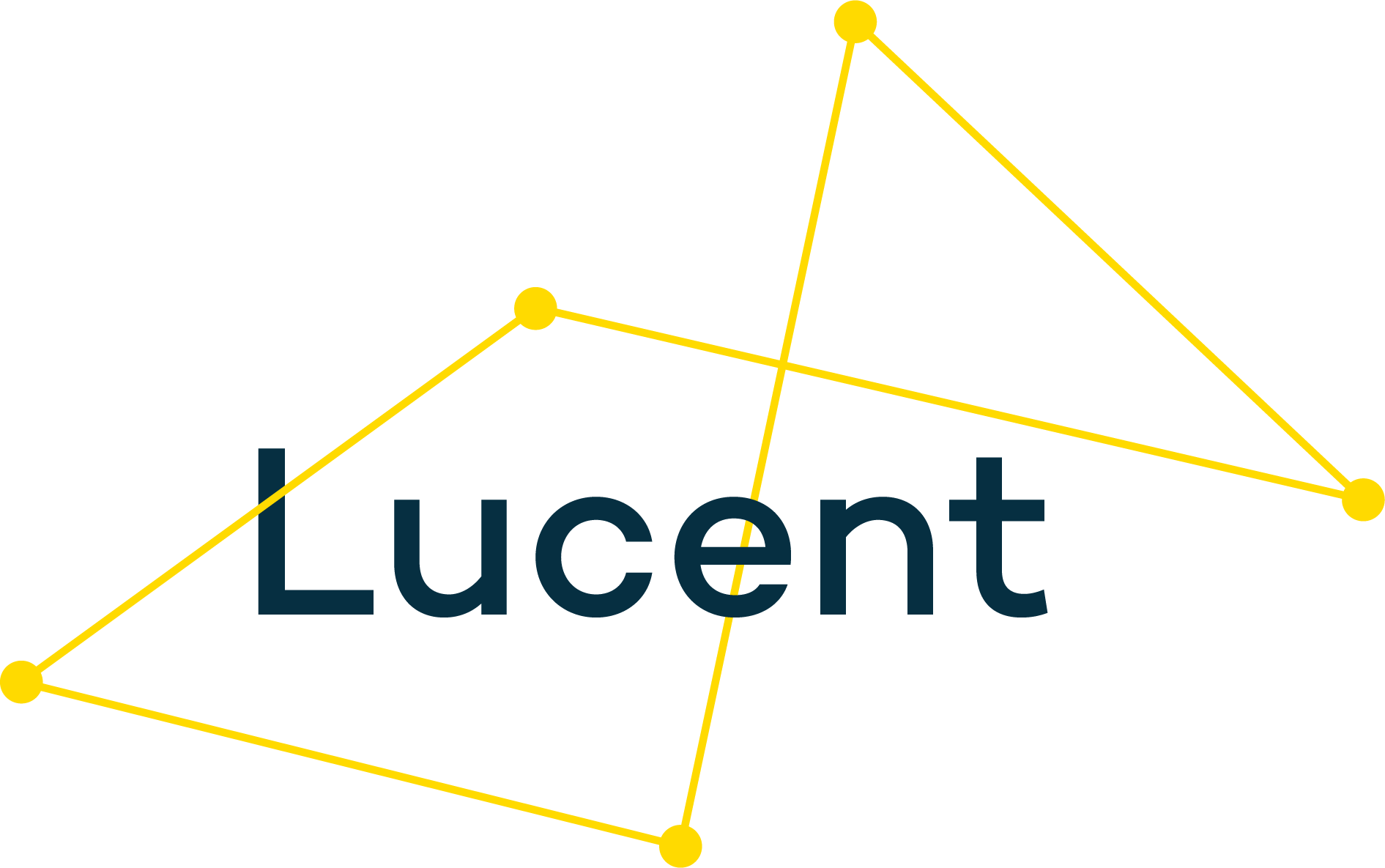A free tool to help reignite collaboration
It’s no secret that effective strategic journeys are driven by effective collaboration; after all, when organisations work towards transformational goals, they’re making change at a systems-level not just an organisational level.
Confronting these huge and wicked problems alone can feel like a David v Goliath situation, and often we quickly realise that systems-level change requires collaboration with others who share the same goals. Not only does collaboration enable charities and funders to address systemic issues, it can create a rich pool of ideas, know-how, professional and personal experience and resources.
We speak to organisations going through this transitional period on a daily basis. Here are six tips we’ve pulled together to help you achieve successful collaboration for periods of change.
1. Be an instigator
Transformational collaborations grow out of the ‘killer question’ at the heart of systems thinking: why, despite everything we’re doing, aren’t we achieving the transformation we all seek? (Stroh, 2015).
This question can be asked by anyone. In the case of the Irish Sea Network, marine biologists reached out to their counterparts in neighbouring countries. The Irish Sea ecology crosses many organisational and national boundaries; to respond, six organisations are now working together to create a joint, coordinated response.
2. Build trust first
Strong, trusted relationships are at the heart of any effective collaboration. Building these takes time and attention to ways of working and ground rules. Really getting to know each other’s organisations is a prerequisite. That’s why we factor in space for simply sharing what’s working, what’s challenging and what’s next at collaborative meetings.
This exchange is the glue of collaboration. For example, we work with ten hospices across West Yorkshire who pooled ideas on how to support staff through a cost of living crisis. This exchange shows the immediate benefits of working together. And it creates the sustenance needed to work on longer term, ambitious goals.
3. Celebrate your differences
Collaborations thrive where there is a diversity in the membership. This has the obvious upside of different strengths and complementary areas of expertise. But this diversity also means different expectations, hopes, and concerns.
It is tempting to paper over these differences, but they are something to be acknowledged and celebrated. Lucent supports our clients with 1-2-1 interviews at an early stage of collaboration, to understand the expectations, hopes and concerns of each partner. We can then surface areas of alignment and of difference in a neutral and non-confrontational way.
By doing this early, and with sensitivity, open conversations about the why of the collaboration become part of regular conversations and periodic health checks, rather than a source of unspoken tension.
4. Keep the big vision front and centre
The ten hospices in West Yorkshire each serve a distinct geography, but they have a common concern about the provision of high quality palliative and end of life care across the region.
To build momentum, an early activity of the group was to create a manifesto and to articulate a shared vision that goes beyond any local patch by talking to the needs of people across West Yorkshire.
Being able to come back to that shared vision whenever new ideas or challenges arise has been very useful. It helps triage different possible courses of action with a simple question: how will this help us achieve our shared vision?
5. Establish a shared analysis of the problem
A shared ambition is most powerful when underpinned by shared analysis.
The hospice collaboration shared and pooled their data to build, for the first time, a picture of the financial resilience of the hospice sector as a whole. They married this with a picture of collective reach to understand how effectively they were reaching ethnic minority groups or serving areas of high deprivation.
For the Irish Sea Network, combining maps of different habitats, species and developments enabled them to make an assessment of the cumulative pressures on the whole Irish sea ecosystem.
In both cases, a shared analysis, combined with great visuals, has been a strong starting point for engaging and mobilising others.
6. Be the change you want to see
Over time, transformational collaborations embody the change that they want to see.
The Irish Sea Network is an international working dialogue of the sort that is critical to protect ecosystems that span borders. The West Yorkshire Hospice Collaborative demonstrates the value of prioritising end of life care: not only by providing high quality services to patients and their families but also by alleviating pressure on other parts of the health and care system.
While collaboration takes time, in these highly volatile and uncertain times, organisations are stronger together. Coalitions have greater voice and impact and are able to speak with authority to a collective agenda and put their collective muscle behind big social issues. They are, in short, a critical way of shifting power away from the way things are to the way things could be.
That’s why we provide support that both helps establish new collaborations and gives existing partnerships fresh purpose and direction.
We find that these tips both help establish new collaborations and gives existing partnerships fresh purpose and direction. Feel free to reach out if you’d like some additional support for your strategic development programme.

